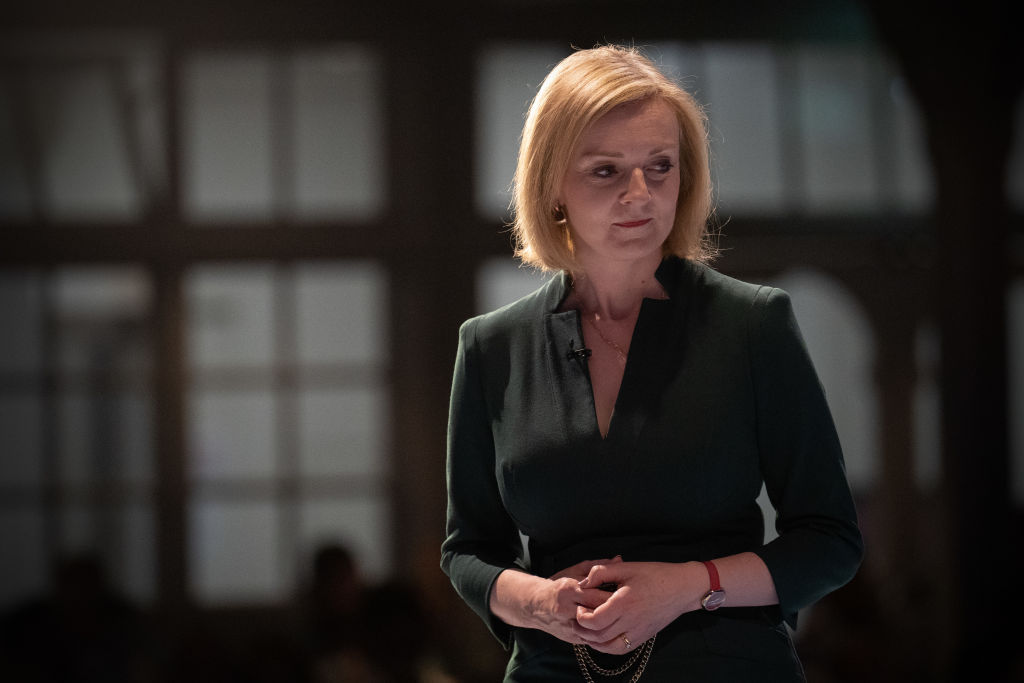Freezing green levies won’t relieve pressure on bills but we must make them equal

The cost of living crisis has continued to be a major worry for people across the country and a key talking point during the Conservative leadership race. Rising energy prices, partly due to the Russian invasion of Ukraine, have significantly fuelled the crisis. As the energy price cap is expected to rise to over £3,300 in October, bills will only continue to increase, threatening 9.6 million families with fuel poverty.
There are two opposing forces at play. Of course, the government needs to help struggling families in the short-term as we head towards winter, but there still needs to be continued investment into renewable energy, which will lower bills in the medium and long-term.
Liz Truss has already announced that if she wins she will put a moratorium on green levies. These levies primarily go towards three key purposes: energy efficiency improvements in homes and businesses, helping vulnerable people with their bills and encouraging take-up of renewable technology.
Removing green levies would, in fact, do little to aid with the cost of living crisis as they account for only £153 or 8 per cent of the average £1,971 annual energy bill. When the average bill rises later this year it will be an even smaller percentage. Whilst £153 is not nothing for struggling families, this will be quickly eaten up by future price rises.
To address rising energy prices in the short- and long-term, the green levy must be more progressive so those who damage the environment the most through their energy use pay a greater share of the cost as we transition to net zero, while providing greater support to low-income households.
The current design of the green levy is inherently regressive, since poorer households spend a higher proportion of their income on energy compared to richer households. Adjusting the system so those who have higher carbon footprints pay more to fund the net zero transition will help alleviate the cost of the green levy on those who cannot afford it, without sacrificing our renewable ambittions.
The most obvious way to do this is by linking the tax to household or individual income, similar to income tax, so that those who earn more pay more in taxation. This protects those on lower incomes and should be revenue neutral with the right tax bands. But while those on higher incomes tend to have higher carbon footprints than those on lower incomes, this is not always true. If those people wind up paying more anyway, they may be disincentivised from reducing their carbon footprint.
Another option is a “climate change charge”, with its price linked to the UK emission trading scheme. This idea, backed by Bright Blue, would mean its level will be set by the broader UK market for emission allowances. Households would pay based on the carbon emissions of their energy, incentivising both energy efficiency measures and a switch to low-carbon energy sources in order to lower bills.
But there are many low-income households who will not have resources to make their house more efficient, or reduce consumption of high-carbon energy sources. To balance this then, there needs to be targeted fiscal support or exemptions.
Whichever system is adopted, the underlying need remains the same: those who pollute the most should pay the most to fund transition to net zero, while low-income households should be given significant targeted support or tax exemptions.
Something must be done to help already struggling families before prices go up further in October. But simply removing the green levy will prolong the crisis and put our world leading net zero goals at risk. Shifting the cost to more progressive green taxation would relieve pressure on regular households without sacrificing these goals. As the cost of living crisis looms, it is high time to replace the green levy with a fairer and more progressive green tax.
